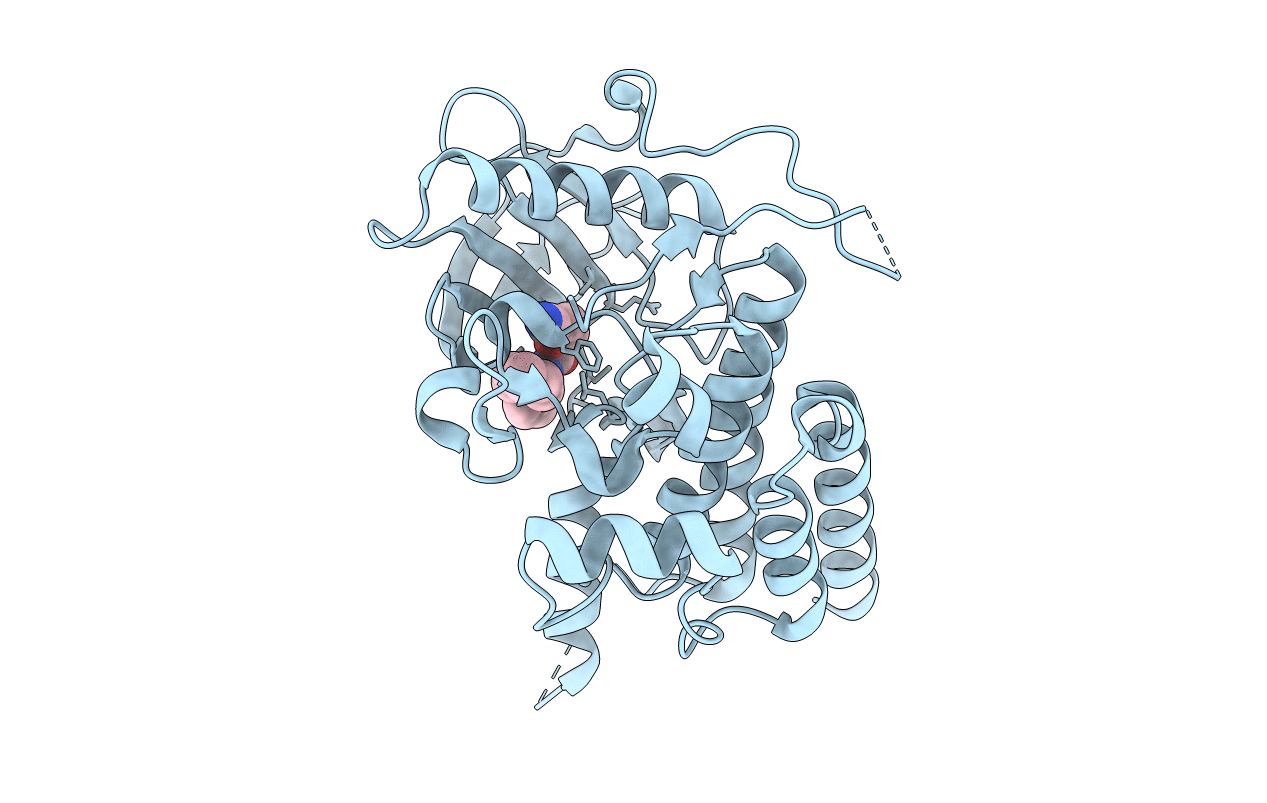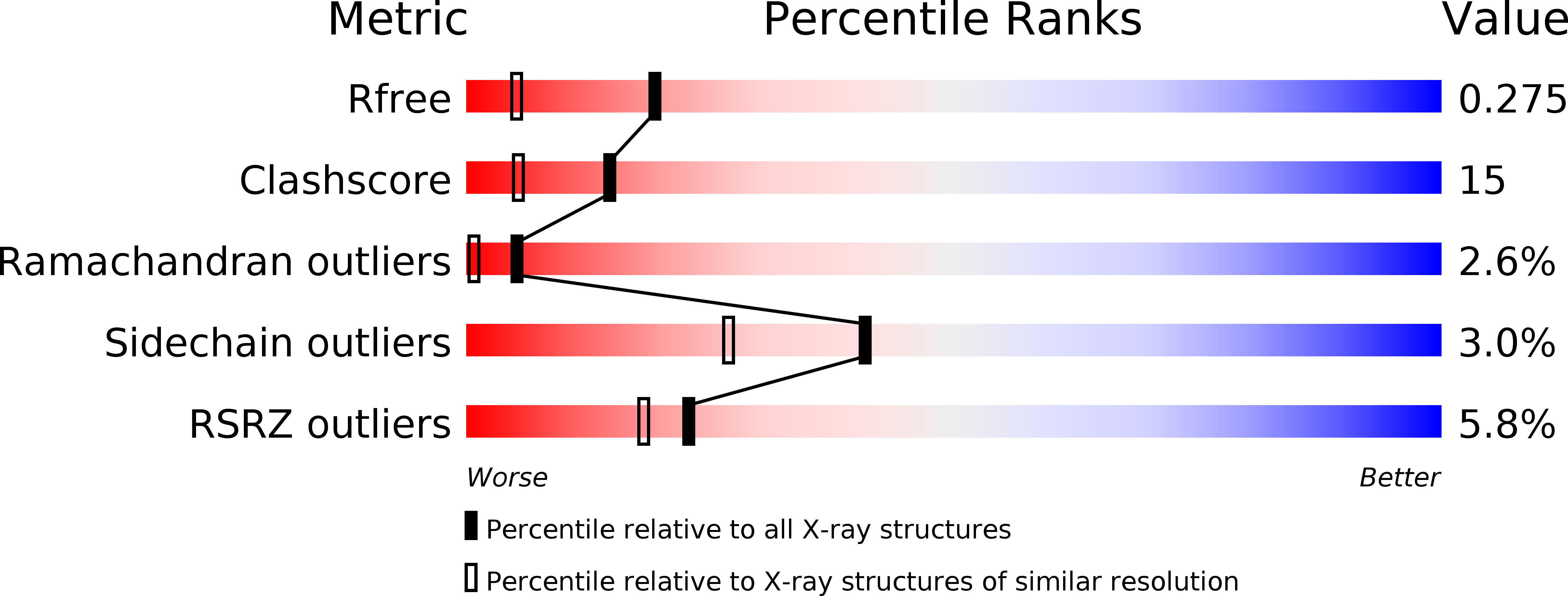
Deposition Date
2006-08-14
Release Date
2006-11-28
Last Version Date
2024-02-21
Entry Detail
PDB ID:
2I1M
Keywords:
Title:
cFMS tyrosine kinase (tie2 KID) in complex with an arylamide inhibitor
Biological Source:
Source Organism:
Homo sapiens (Taxon ID: 9606)
Host Organism:
Method Details:
Experimental Method:
Resolution:
1.80 Å
R-Value Free:
0.28
R-Value Work:
0.23
R-Value Observed:
0.25
Space Group:
H 3


